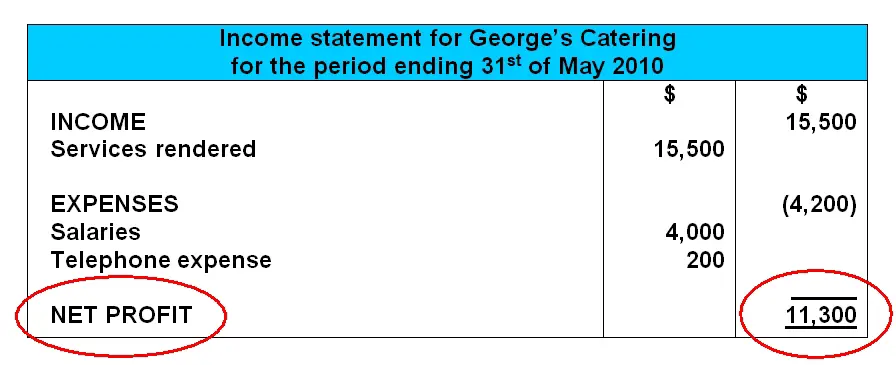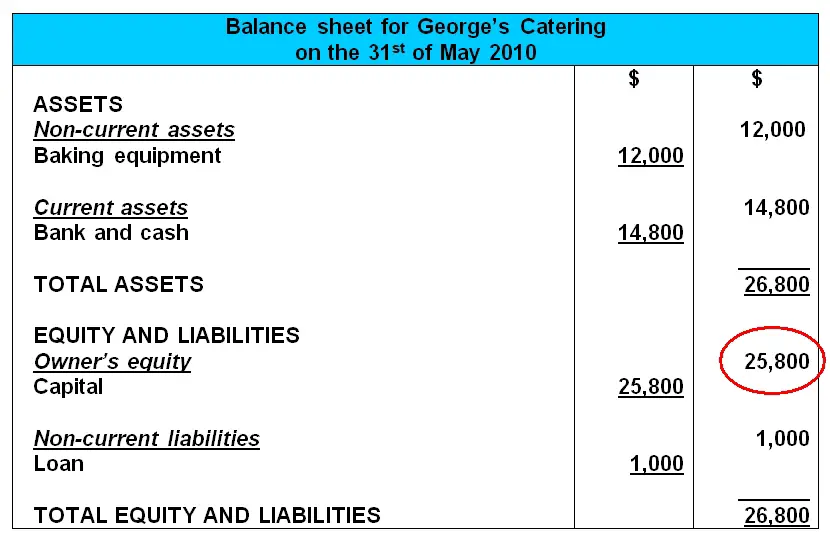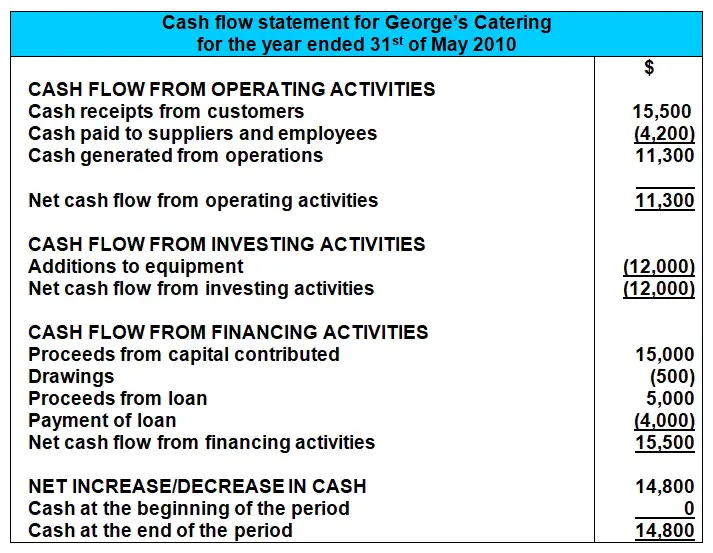Order of Financial Statements
by Stephen
Q: The financial statements must be prepared in a particular order. Which statements are prepared first, second, and third? What is their chronological order? Why do we have to do them in that order?
A: Good questions Stephen. Actually, most people don't know that there's a chronological order to the different types of financial statements.
The statements are prepared in this order:
1. Income Statement
2. Statement of Changes in Equity
3. Balance Sheet
The reason the income statement is first is because it is used to calculate the net profit or loss for the year.

That profit or loss figure is needed for the statement of changes in equity.


So the balance sheet is the final statement.
Balances of assets and liabilities are, of course, also shown in the balance sheet.
What about the cash flow statement?

However, the cash flow statement could be prepared before or after the statement of changes in equity or balance sheet (it doesn't matter - as long as it's after the income statement).
But most important is the order of the first three statements I listed above.
In summary, the chronological order of the financial statements:
Income & Expenses --> Income Statement (calculate Net Profit or Loss)
--> Statement of Changes in Equity (calculate the Closing Balance of Owner's Equity)
--> Balance Sheet (place the Owner's Equity figure here)
Do you think that this order of financial statements is correct? Have more questions about it? Give us your opinion in the comments below.
Best,
Michael Celender
Founder of Accounting Basics for Students
Related Questions & Tutorials:
- Financial Statements: Temporary vs Permanent Accounts
- Accounting Period and Audit of Company's Annual Report
- Company Trial Balance and Financial Statements Exercise
Return to our full tutorial on Financial Statements
Return to Ask a Question About This Lesson!.
© Copyright 2009-2021 Michael Celender. All Rights Reserved.
Click here for Privacy Policy.



